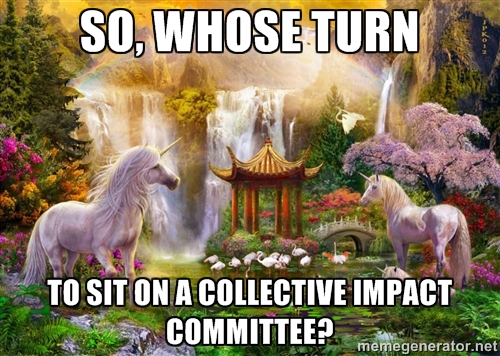 The question I am asked most frequently—after “Vu, have you tried using Proactiv?”—is “Vu, would you consider joining so-and-so board/committee? If not, can you connect me to other leaders of color who might be interested?” Apparently, everyone is having a hard time finding people of color for their board of directors and 80’s-karaoke-night planning team.
The question I am asked most frequently—after “Vu, have you tried using Proactiv?”—is “Vu, would you consider joining so-and-so board/committee? If not, can you connect me to other leaders of color who might be interested?” Apparently, everyone is having a hard time finding people of color for their board of directors and 80’s-karaoke-night planning team.
There are tons of reports and articles with depressing statistics about diversity in nonprofit leadership at all levels. Here’s an eye-opening article called “The Nonprofit Sector Has a Ferguson Problem,” which cites several stats that make me want to stay in bed streaming Netflix for the rest of the year:
- only 8% of board members are people of color,
- nearly a third of nonprofit boards don’t have a single board member of color
- only 7% of CEO/EDs are people of color
- only 18% of nonprofit staff are people of color
- only 5% of philanthropic orgs are led by people of color
Continue reading “Waiting for unicorns: The supply and demand of diversity and inclusion”




